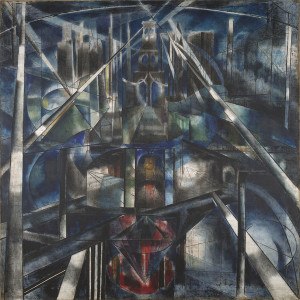Episodes

Friday Jun 21, 2019
Episode 4 - Historical Computer Recreations
Friday Jun 21, 2019
Friday Jun 21, 2019
This episode I interview two developers recreating historically significant computers so that indivuals can try them out inexpensively and easily. First Oscar Vermeulen who created the Pidp-8 and Pidp-11 projects to recreate the physical appearance as well as the experience of the pdp-8 and pdp-11, computers critical to modern operating system history. Then I interview Josh Dersch about his work recreating the Xerox alto and Xerox star, machines that pioneered graphical user interfaces, WYSIWYG document editing, and the desktop metaphor.
Version: 20241125


3 years ago
, or Interlisp environments. Whereas the Alto could display could display a single page of paper with the 1” borders trimmed, The STAR 8010 display was designed to hold exactly two side-by-side 8.5” x 11” pages with the 1” borders trimmed. I think it was actually 1108x768. I worked for Xerox Office Systems Division from 1984-1986. Apple really made some great improvements on STAR - the 1-button mouse with pulldown menues, and a far richer and much ”more fun” paint program.
3 years ago
After Alto was developed, Xerox’s greatest scientist - Butler Lampson - wrote a CPU specification called ”Wildflower”. The first such ”Wildflower” computer was the ”Dandelion” (also known as the ”DLion”). 8010 was never a processor it was a product name. The subsequent wildflower computer names all started with ”D”: Dandetiger, Dolphin, Dorado (ECL), DragonFly (a 4-processor research prototype at Xerox PARC in the mid 1980’s). All of these computers could run MESA (~modula 2), or SmallTalk,